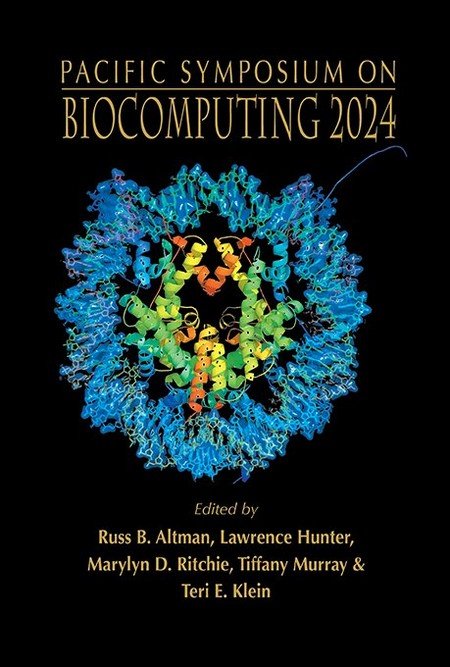SynTwin: A graph-based approach for predicting clinical outcomes using digital twins derived from synthetic patients
The concept of a digital twin came from the engineering, industrial, and manufacturing domains to create virtual objects or machines that could inform the design and development of real objects. This idea is appealing for precision medicine where digital twins of patients could help inform healthcare decisions. We have developed a methodology for generating and using digital twins for clinical outcome prediction. We introduce a new approach that combines synthetic data and network science to create digital twins (i.e. SynTwin) for precision medicine. First, our approach starts by estimating the distance between all subjects based on their available features. Second, the distances are used to construct a network with subjects as nodes and edges defining distance less than the percolation threshold. Third, communities or cliques of subjects are defined. Fourth, a large population of synthetic patients are generated using a synthetic data generation algorithm that models the correlation structure of the data to generate new patients. Fifth, digital twins are selected from the synthetic patient population that are within a given distance defining a subject community in the network. Finally, we compare and contrast community-based prediction of clinical endpoints using real subjects, digital twins, or both within and outside of the community. Key to this approach are the digital twins defined using patient similarity that represent hypothetical unobserved patients with patterns similar to nearby real patients as defined by network distance and community structure. We apply our SynTwin approach to predicting mortality in a population-based cancer registry (n=87,674) from the Surveillance, Epidemiology, and End Results (SEER) program from the National Cancer Institute (USA). Our results demonstrate that nearest network neighbor prediction of mortality in this study is significantly improved with digital twins (AUROC=0.864, 95% CI=0.857-0.872) over just using real data alone (AUROC=0.791, 95% CI=0.781-0.800). These results suggest a network-based digital twin strategy using synthetic patients may add value to precision medicine efforts.



